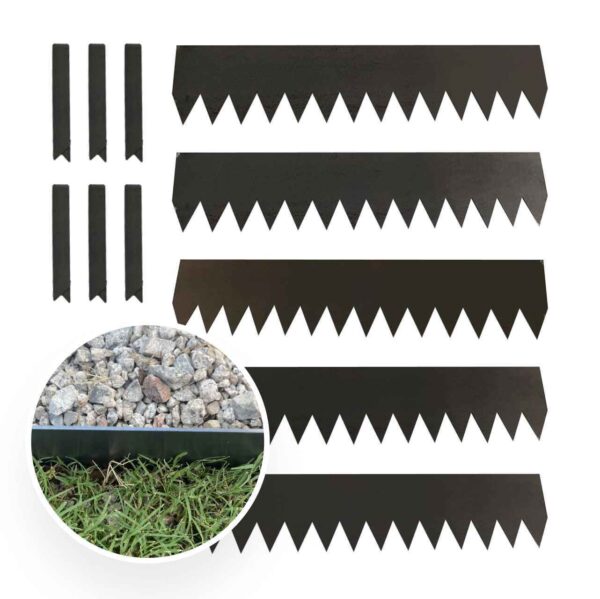How to Fix a Sewing Machine That Keeps Jamming?

Sewing machine jamming is a frustrating issue that many sewists face at some point. Whether you’re a beginner or an experienced sewist, encountering a jam can interrupt your workflow and cause unnecessary delays. Fortunately, most sewing machine jams are easily fixable with a little patience and troubleshooting. In this article, we’ll explore the common causes of sewing machine jamming and offer practical solutions to help you get back to stitching.
What Causes Sewing Machine Jamming?
Before you can fix a jam, it’s important to understand what might be causing it. Several factors can lead to sewing machine jamming, and pinpointing the cause is the first step to resolving the issue.
Incorrect Threading
One of the most common causes of sewing machine jamming is improper threading. If the machine is threaded incorrectly, the upper thread can tangle with the bobbin thread, causing a jam. Always ensure that the thread is correctly placed in the tension discs and follows the machine’s threading path. Double-check that both the top thread and the bobbin are threaded properly.
Bobbin Issues
A jam in the bobbin area is another frequent culprit. If the bobbin is incorrectly inserted, wound unevenly, or if there’s too much thread on the bobbin, it can cause the sewing machine to jam. In some cases, a damaged or broken bobbin case can also contribute to this issue. Make sure your bobbin is inserted in the right direction and that it moves freely.
Dirty or Clogged Machine
Sewing machines, like any mechanical device, require regular maintenance. Dust, lint, and fabric fibers can accumulate in the machine, especially around the bobbin area and under the needle plate. This buildup can hinder the smooth operation of the machine and cause jams. Cleaning the machine frequently can prevent this issue from occurring.
Incorrect Needle or Tension Settings
A dull or damaged needle can create sewing machine jamming problems. Additionally, incorrect tension settings—either too tight or too loose—can result in thread tangling and jamming. It’s essential to use the right needle for your fabric and to adjust the tension according to the type of stitch you’re using.
Fabric or Thread Problems
The type of fabric you’re working with can also influence how the sewing machine behaves. Heavy fabrics, multiple layers, or even very fine fabrics can cause a machine to jam if the settings aren’t adjusted appropriately. Similarly, using poor-quality thread can lead to tangling and breakage, contributing to a jam.
How to Fix a Sewing Machine That Keeps Jamming
Now that we’ve identified some common causes, let’s go over practical steps you can take to fix your sewing machine and prevent it from jamming.
Re-thread Your Machine
If your machine is jamming, the first thing you should do is re-thread it. Improper threading can easily lead to problems, so carefully follow the threading diagram in your machine’s manual. Start from the spool and work your way down, making sure the thread passes through all the correct guides and tension discs. Replacing the thread with a fresh spool can also help if the old one has become tangled or weakened.
Check the Bobbin
Next, inspect your bobbin. Remove it from the machine and check for any tangling or thread buildup. Make sure the bobbin is wound evenly and that there are no snags or breaks in the thread. Insert the bobbin back into the case and ensure it is positioned correctly, with the thread feeding in the proper direction. Always use a bobbin that matches your machine’s specifications.
Clean the Machine
If your sewing machine has been used extensively, dust and lint buildup might be causing the jam. Cleaning your machine regularly can prevent this. Remove the needle plate and clean the bobbin area with a small brush or compressed air. Be careful not to damage any delicate parts while cleaning. Make sure to also clean the feed dogs and other accessible parts of the machine.
Replace the Needle
A dull or bent needle can create problems that lead to sewing machine jamming. Inspect the needle to see if it’s worn or damaged. If so, replace it with a new one. Ensure that you’re using the correct needle size for the fabric you’re working with. For instance, thicker fabrics require heavy-duty needles, while delicate fabrics like silk require fine needles.
Adjust the Tension Settings
Improper tension settings can lead to a jamming sewing machine. If your tension is too tight, the thread will not feed smoothly, resulting in tangles. If it’s too loose, the stitch may not form correctly, which can also lead to jamming. Refer to your sewing machine’s manual for the proper tension settings for different types of fabric. You can also experiment with small adjustments to find the right balance.
Use the Right Thread
Make sure you’re using the right type of thread for your project. Poor-quality or incompatible threads can break easily and create jams. For general sewing, high-quality polyester or cotton threads work best. Avoid using threads that are too thick for your machine or fabric. If you’re working with delicate fabrics, choose a finer thread to avoid jams.
Check for Machine Malfunctions
If you’ve tried all of the above fixes and your machine is still jamming, there may be an underlying mechanical issue. Check for any broken or loose parts, such as the feed dogs, shuttle race, or bobbin case. If the machine appears to be malfunctioning, it may need professional servicing.
Preventing Sewing Machine Jamming in the Future
Once you’ve fixed the current jam, it’s essential to take steps to prevent future jamming. Regular maintenance is key to keeping your machine in good working order. Here are some tips to help:
- Regular Cleaning: Clean your sewing machine at least once every few projects, especially the bobbin area and feed dogs.
- Proper Needle Use: Always use the correct needle size for your fabric. Replace needles regularly to ensure they are sharp and functioning correctly.
- Thread Quality: Invest in high-quality thread that works well with your machine and the type of fabric you’re using.
- Tension Adjustment: Make sure your tension is properly adjusted based on the type of stitch you’re making and the fabric you’re using.
By following these steps and performing regular maintenance, you can minimize the chances of experiencing sewing machine jamming in the future.
Conclusion
Sewing machine jamming can be a frustrating issue, but it’s usually something you can fix with a few simple steps. By ensuring that your machine is threaded correctly, the bobbin is properly inserted, and the machine is clean and well-maintained, you can prevent many common causes of jams. Don’t forget to regularly check your needle and tension settings, and always use quality thread. With these precautions in place, your sewing machine should continue to run smoothly, allowing you to focus on your creative projects.
Read about










